构建laravel标准api接口需遵循以下步骤:1. 创建模型和迁移文件,定义数据表结构并运行迁移;2. 使用--api选项创建资源控制器,生成标准api方法;3. 实现控制器方法,处理数据的增删改查;4. 在routes/api.php中定义资源路由;5. 创建api资源类,规范json输出格式,并在控制器中使用该资源返回数据;6. 对于复杂关联关系,使用api资源的whenloaded方法按需加载关联数据;7. 通过命名空间和路由分组实现api版本控制,保持代码结构清晰;8. 使用paginate()和orderby()实现分页与排序,并在资源中添加分页信息。
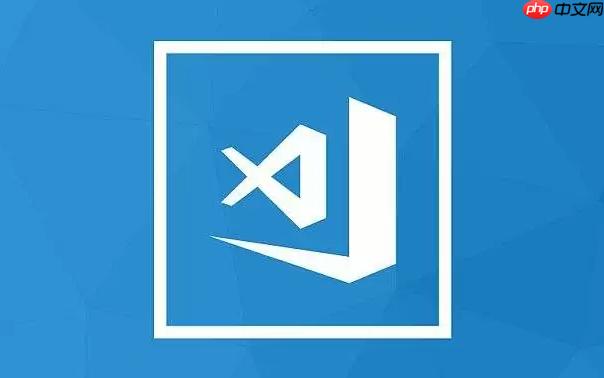
构建Laravel标准API接口,关键在于理解资源控制器和API资源的使用。这不仅能简化代码,还能提高API的可维护性。
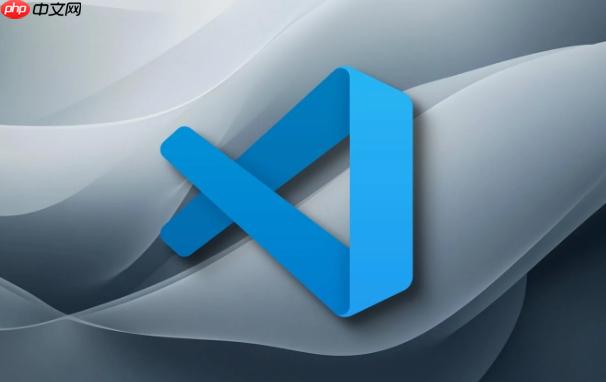
解决方案
创建模型和迁移:
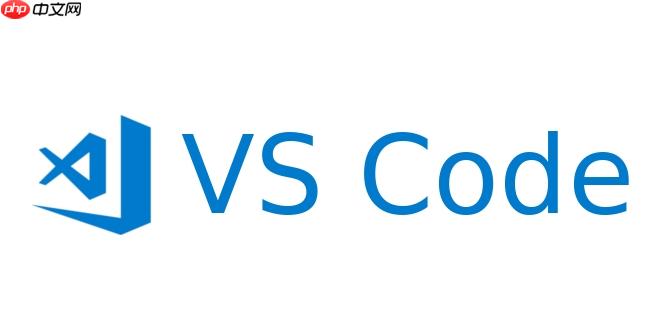
首先,我们需要一个模型来代表API操作的数据。例如,我们要创建一个管理products的API。
php artisan make:model Product -m
这会创建Product模型和对应的迁移文件。在迁移文件中定义products表的结构。

Schema::create('products', function (Blueprint $table) {
$table->id();
$table->string('name');
$table->text('description');
$table->decimal('price', 8, 2);
$table->timestamps();
});运行迁移:
php artisan migrate
创建资源控制器:
使用make:controller命令创建资源控制器,并加上--api选项,生成只包含API所需方法的控制器。
php artisan make:controller ProductController --api
这将生成app/Http/Controllers/ProductController.php,其中包含index, store, show, update, destroy等方法。
实现控制器方法:
在ProductController中实现各个方法。例如,index方法用于获取所有产品:
use App\Models\Product;
use Illuminate\Http\Request;
class ProductController extends Controller
{
public function index()
{
return Product::all();
}
public function store(Request $request)
{
$request->validate([
'name' => 'required|string|max:255',
'description' => 'required|string',
'price' => 'required|numeric',
]);
return Product::create($request->all());
}
public function show(Product $product)
{
return $product;
}
public function update(Request $request, Product $product)
{
$request->validate([
'name' => 'string|max:255',
'description' => 'string',
'price' => 'numeric',
]);
$product->update($request->all());
return $product;
}
public function destroy(Product $product)
{
$product->delete();
return response()->json(null, 204);
}
}定义路由:
在routes/api.php中定义资源路由。
Route::apiResource('products', ProductController::class);这会自动为ProductController中的方法注册对应的API路由。
创建API资源:
使用make:resource命令创建API资源,用于转换模型数据为JSON格式。
php artisan make:resource ProductResource
在app/Http/Resources/ProductResource.php中定义数据转换逻辑。
use Illuminate\Http\Resources\Json\JsonResource;
class ProductResource extends JsonResource
{
public function toArray($request)
{
return [
'id' => $this->id,
'name' => $this->name,
'description' => $this->description,
'price' => $this->price,
'created_at' => $this->created_at,
'updated_at' => $this->updated_at,
];
}
}在控制器中使用API资源:
修改ProductController,使用ProductResource返回数据。
use App\Http\Resources\ProductResource;
class ProductController extends Controller
{
public function index()
{
return ProductResource::collection(Product::all());
}
public function show(Product $product)
{
return new ProductResource($product);
}
public function store(Request $request)
{
$request->validate([
'name' => 'required|string|max:255',
'description' => 'required|string',
'price' => 'required|numeric',
]);
$product = Product::create($request->all());
return new ProductResource($product);
}
public function update(Request $request, Product $product)
{
$request->validate([
'name' => 'string|max:255',
'description' => 'string',
'price' => 'numeric',
]);
$product->update($request->all());
return new ProductResource($product);
}
}Laravel API 资源控制器如何处理复杂的关联关系?
处理复杂的关联关系,可以在API资源中使用$this->whenLoaded()方法。假设Product模型有一个category关联关系:
public function toArray($request)
{
return [
'id' => $this->id,
'name' => $this->name,
'description' => $this->description,
'price' => $this->price,
'category' => $this->whenLoaded('category', function () {
return [
'id' => $this->category->id,
'name' => $this->category->name,
];
}),
];
}只有当category关系被加载时,才会包含在API响应中。在控制器中,可以使用with()方法加载关系:
public function show(Product $product)
{
$product = $product->load('category');
return new ProductResource($product);
}如何进行API版本控制,并保持代码整洁?
API版本控制可以通过命名空间和路由分组来实现。例如,创建app/Http/Controllers/Api/V1目录,并将ProductController移动到该目录。
修改命名空间为App\Http\Controllers\Api\V1。
在routes/api.php中定义路由分组:
Route::prefix('v1')->group(function () {
Route::apiResource('products', \App\Http\Controllers\Api\V1\ProductController::class);
});这样,API的URL将变为/api/v1/products。当需要升级API时,可以创建V2目录,并复制V1的代码,进行修改。
如何在Laravel API中实现高效的数据分页和排序?
使用Laravel提供的paginate()方法进行分页。
public function index()
{
$products = Product::paginate(10); // 每页显示10条数据
return ProductResource::collection($products);
}在API资源中,可以添加分页链接:
use Illuminate\Http\Resources\Json\ResourceCollection;
class ProductResource extends ResourceCollection
{
public function toArray($request)
{
return parent::toArray($request);
}
public function with($request)
{
return [
'links' => [
'first' => $this->resource->url(1),
'last' => $this->resource->url($this->resource->lastPage()),
'prev' => $this->resource->previousPageUrl(),
'next' => $this->resource->nextPageUrl(),
],
'meta' => [
'current_page' => $this->resource->currentPage(),
'from' => $this->resource->firstItem(),
'last_page' => $this->resource->lastPage(),
'path' => $this->resource->path(),
'per_page' => $this->resource->perPage(),
'to' => $this->resource->lastItem(),
'total' => $this->resource->total(),
],
];
}
}排序可以通过orderBy()方法实现:
public function index()
{
$products = Product::orderBy('name', 'asc')->paginate(10);
return ProductResource::collection($products);
}以上就是如何在VSCode中构建Laravel标准API接口 Laravel API资源控制器配置详解的详细内容,更多请关注php中文网其它相关文章!

每个人都需要一台速度更快、更稳定的 PC。随着时间的推移,垃圾文件、旧注册表数据和不必要的后台进程会占用资源并降低性能。幸运的是,许多工具可以让 Windows 保持平稳运行。

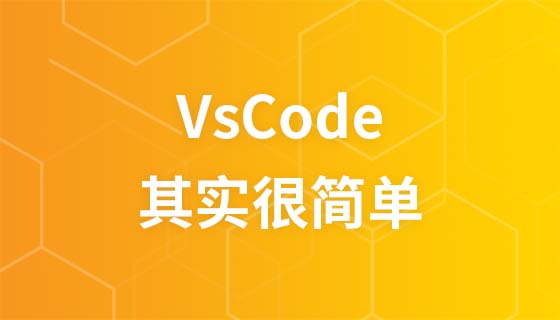

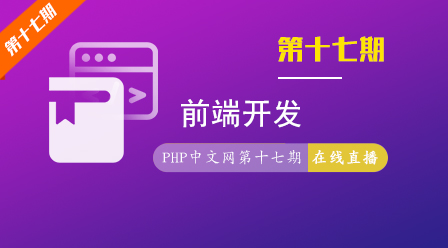
Copyright 2014-2025 https://www.php.cn/ All Rights Reserved | php.cn | 湘ICP备2023035733号